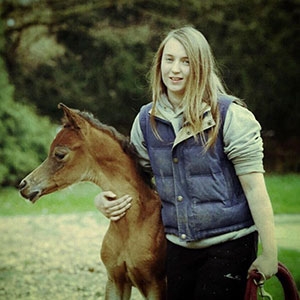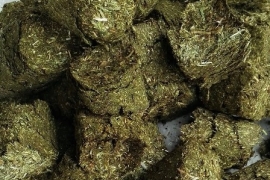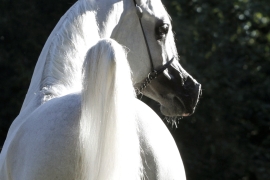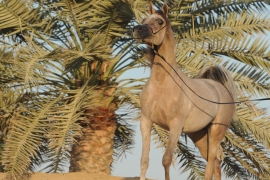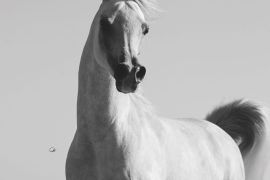Throughout time, there have been multiple Bedouin legends that tell tales of the noble arabian steed. I have previously written about the legend of the bloody shoulder which can be found here:
https://www.arabianessence.tv/posts/blog/blog/the-marking-of-allah-hellip/11396.
Another Bedouin legend which is told from generation to generation is the tale of the five main family strains.
The traditional tale states:
By inspiration of Allah, Muhammed decided to keep the mares in corral and not give them any water for three days and three nights - a cruel act, in preparation for an interesting test.
On the fourth day, Muhammed ordered the mares to be released, to which they galloped across the banks to reach the fresh, glittering water below them.
At this moment, Prophet Muhammed blew his trumpet, which was an order to return to him and a test of loyalty. There were only 5 mares that separated themselves from the herd and returned to their master before being able to quench their thirst.
Madeah gave these mares his blessing and decided these mares from now onwards were the only mares dedicated to breeding. They were known collectively as “Khamsa al-Rasul Allah” - The five of the prophet of Allah. They were then named individually as: Abbayan, Seqlawi, Kuhaylan, Hamdani and Hadban.”
Although multiple different strains and various versions of this tale exist, we will focus on this tale and the strains above.
From these strains, each Bedioun family would breed purely, which was valued widely amongst their community, with many families only owning one strain. For centuries, Bedouins would record the ancestry of each horse verbally. The first written and specific “Arabian” pedigree produced in the Middle East dates to 1330 AD. Horses of the purest blood were known as Asil. They valued mares most of all, as they would often out-produce themselves, as well as being the chosen steed for battle as they were silent when sneaking up to an enemy camp.
Crossbreeding of the strains was discouraged, but not forbidden by some Bedioun tribes. Substrains began to develop in each main strain which were often named after celebrated mares or Sheikhs, but each development could be easily identified to the strain of which they belonged, such as the Saqlawi Jidran.
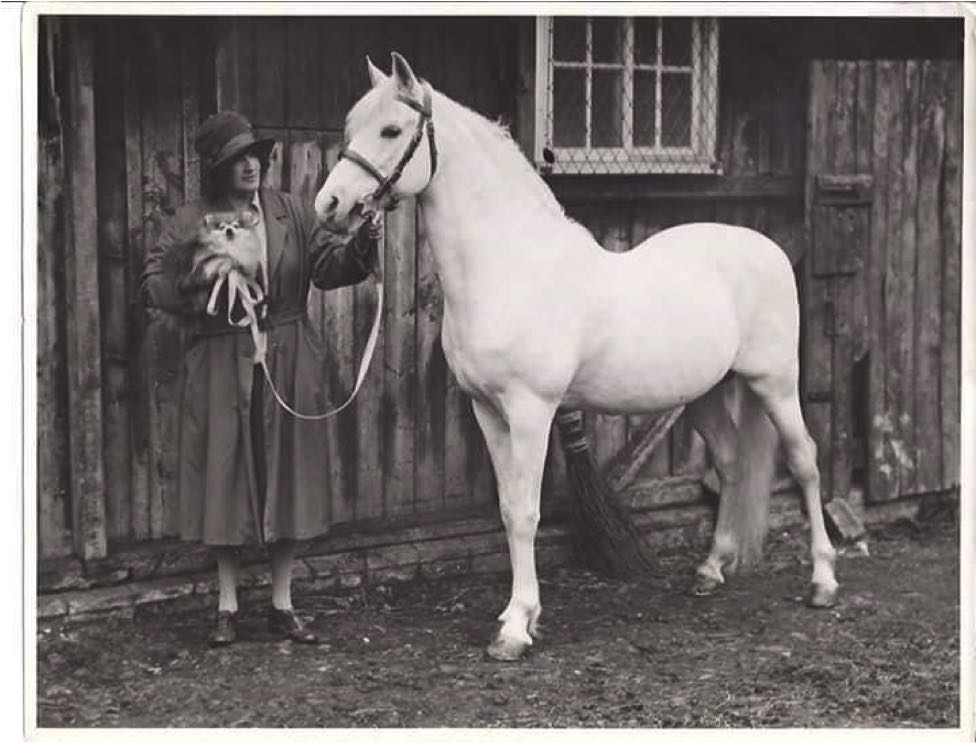
*Mirage, a 1919 beautiful swan-like stallion.
He was bred by the Saba Bedouins, Iraq and bought by King Faisal of Iraq,
before being purchased by Lady Wentworth and finally being exported to the USA in 1930.
He was said to be of the Saqlawi Dal’an strain and had a gentle disposition.
The Kuhaylan strain had a deep, bold depth of chest with short, broad foreheads, great width of jowls and masculine power. They were most commonly bay, grey or chestnut with silky coats and large, dark eyes. They stood up to 15hh. The name “Kuhaylan” comes from the black skin found around arabian eyes, which gave the appearance of “kohl”. They are thought to be the original stain.
The Seqlawi strain was popular for refinement and femininity. They were fast, which although shrouded with beauty did not dampen their endurance ability. They had fine bones, with longer necks and faces. They were most commonly bay and stood up to 14.2hh, with high spirits and natural showmanship.
The combination of the Kuhaylan and the Seqlawi strains are considered to some to be the “golden cross” and the ideal combination of arabian traits.
The Abbayan strain, when standing next to the Seqlawi, was very similar in type. They were also refined, but had a longer back and were much shorter than their counterparts. They were usually grey. The Bedioun tale behind the name is that during a raid, a Bedioun threw off his ‘beyyah’ - cloak - to lighten the mare's load as she ran. When he looked back to check the distance between himself and the enemy, he found his beyyah had been hooked onto the high tail carriage of the mare.
The Hamdani strain was considered to be the most athletic, with larger bones and more show of masculinity than the Seqlawi and the Abbayan. Their profile was usually straighter, and they were one of the largest strains. They were usually grey or bay and stood up to 15.2hh.
The Hadban strain echoed similarities between the Hamdani. Hadban also consisted of big bones and a masculine build. They were known for their gentle natures, and were smaller than the Hamdani. They made good all-round horses who held great endurance and strength. They were usually bay, with few markings and stood up to 14.3hh.
A traditional Bedouin concept is to explain the workings of arabian strains using a “rasan” or “rope”. It is founded on wrapping the first two strands of the rope which represents the sire and dam, with the strain name given to the original dam. Each strand is then wound together which produces the weaving of the rope.
Notable horses belonging to the strains (and sub-strains) of above:
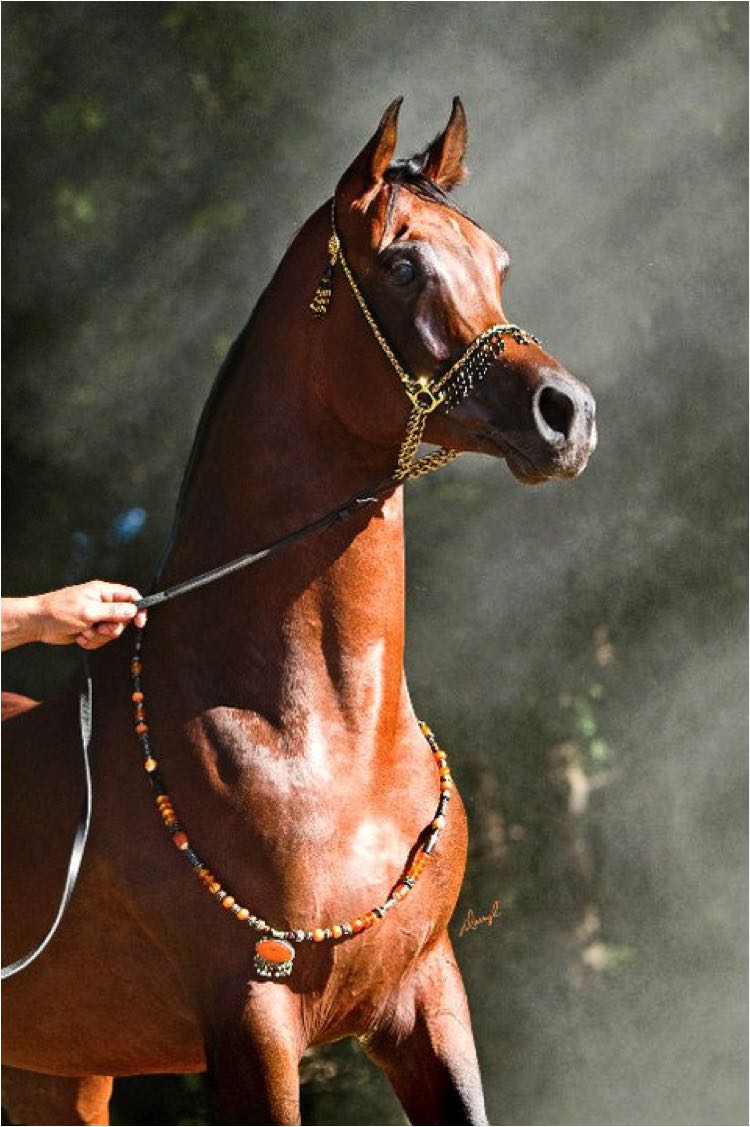
Maariq KA (Makhnificent KA x MB Kateena by Imperial Madheen),
Abbayan Um Jurays strain, tracing back to *Magidaa tail female.
Pictured by Daryl Larson.
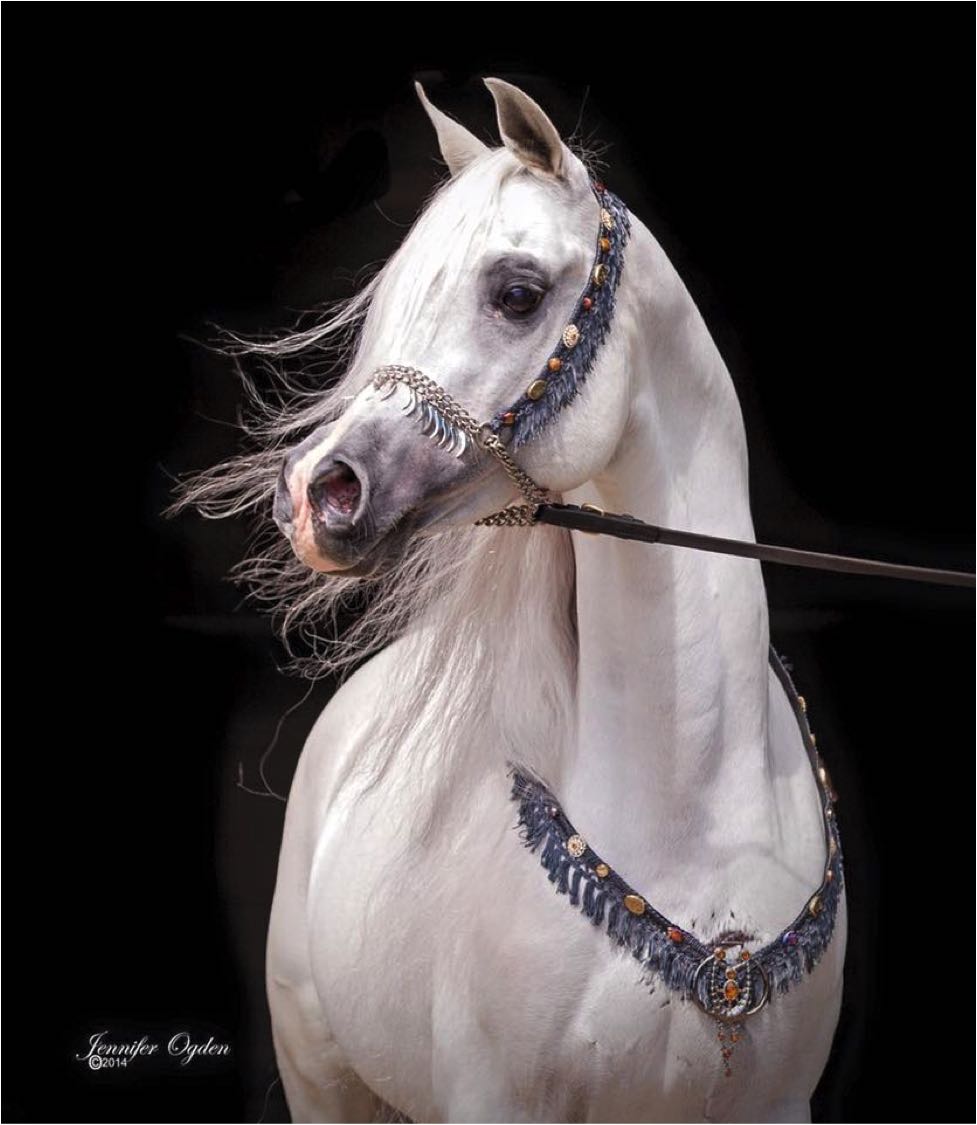
Majestic Noble SMF (Marquis I x Nagda by Nabiel).
Belonging to the Abbayan Um Jurays strain, El Shahbaa tail female.
Pictured by Jennifer Ogden.
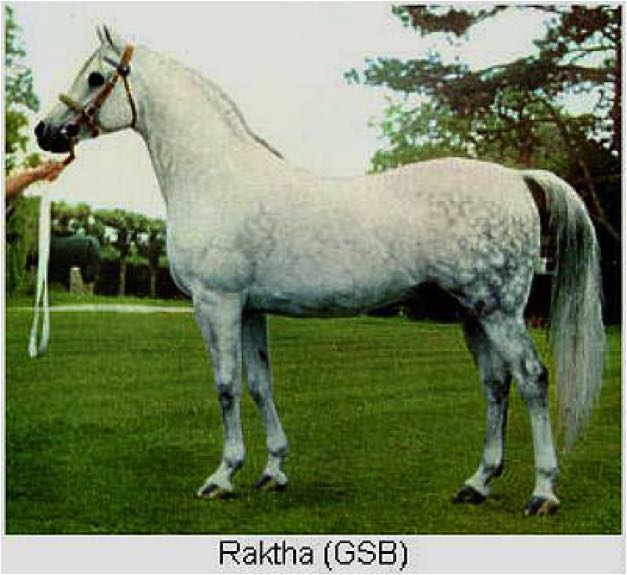
Raktha (Naseem x Razina by Rasim)
1934 stallion of the Kuhaylan Rudan strain.
Bred by Lady Yule, Handstead Stud,
England and eventually exported to South Africa in 1951.
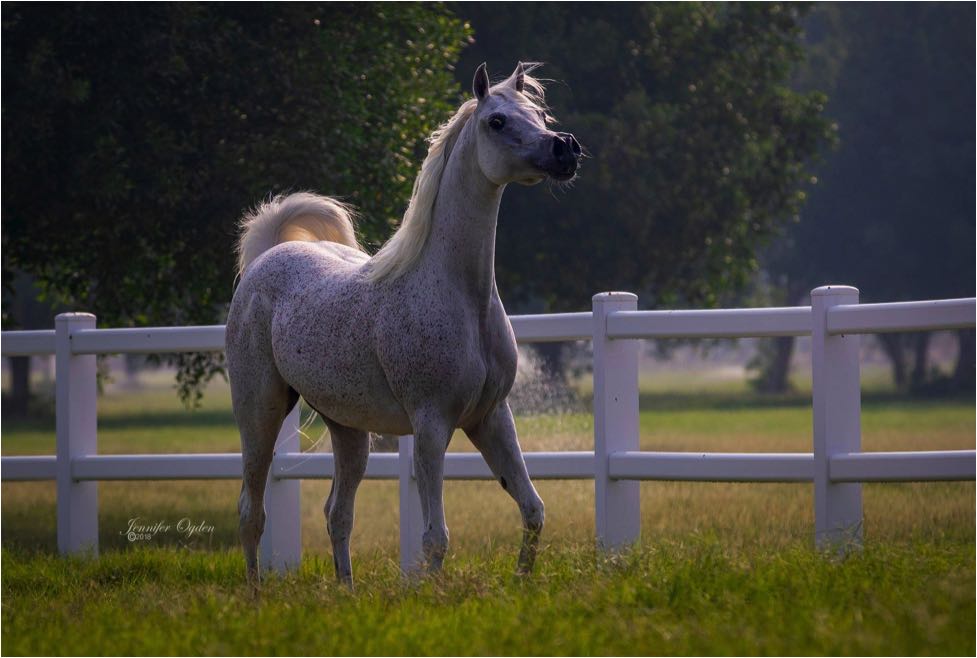
Jouna Al Naif (Ashhal Al Rayyan x Ansata Mouna by Farres)
2006 Mare of the Seqlawi strain.
Pictured by Jennifer Ogden.
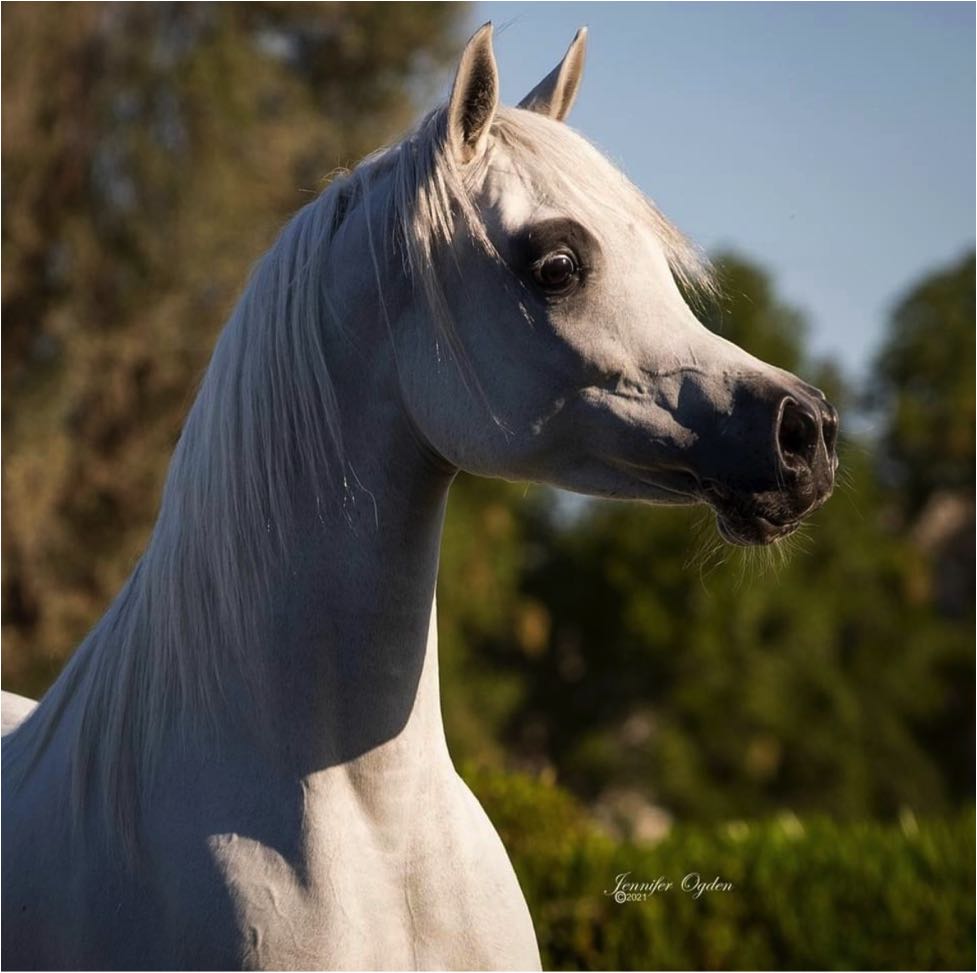
Durrah Al Waab (Fares Al Rayyan x Shahira Al Nasser)
a 2016 mare of the Hadban strain.
Showing an excellent pedigree with embodies strength,
endurance and exceptional beauty.
Pictured by Jennifer Ogden.

